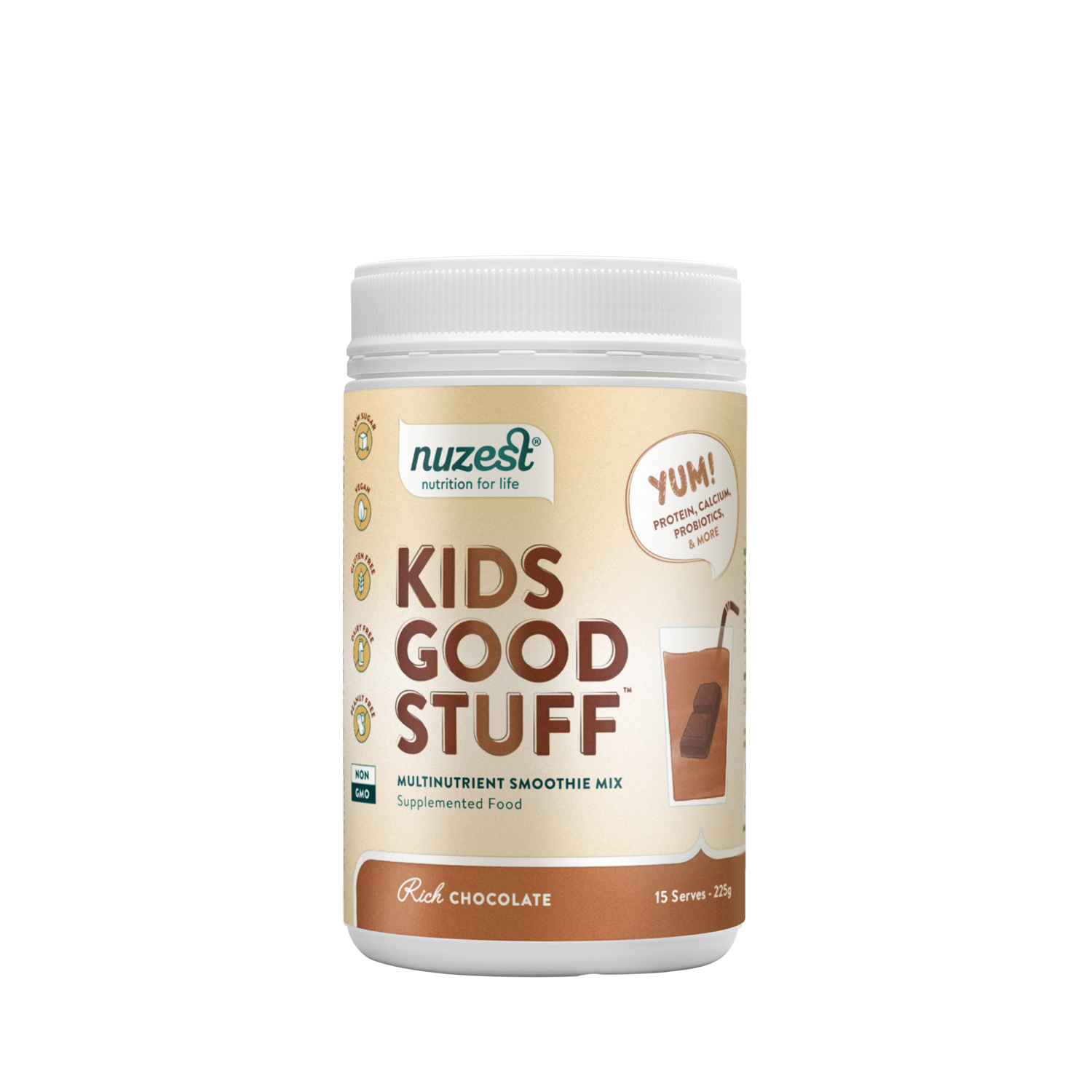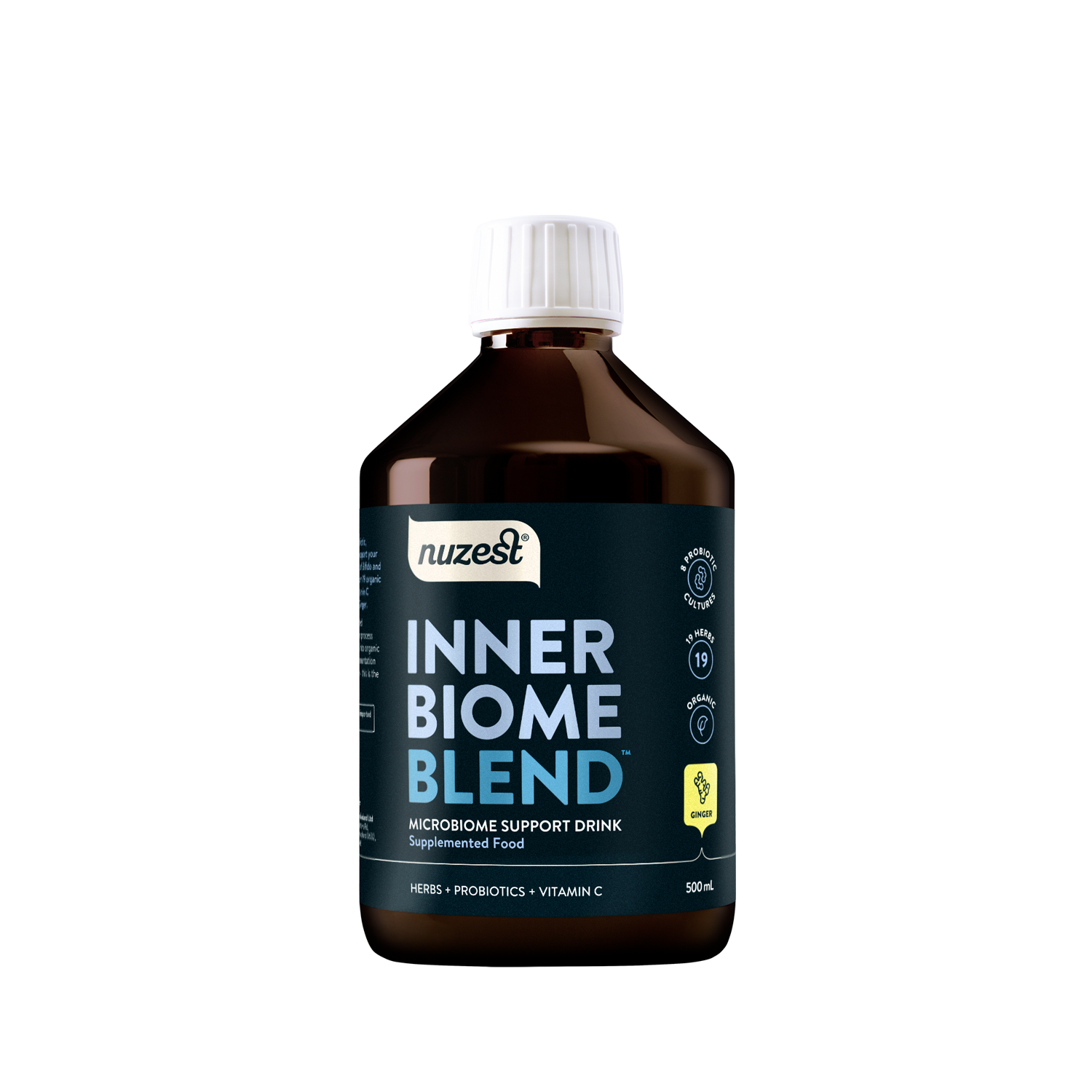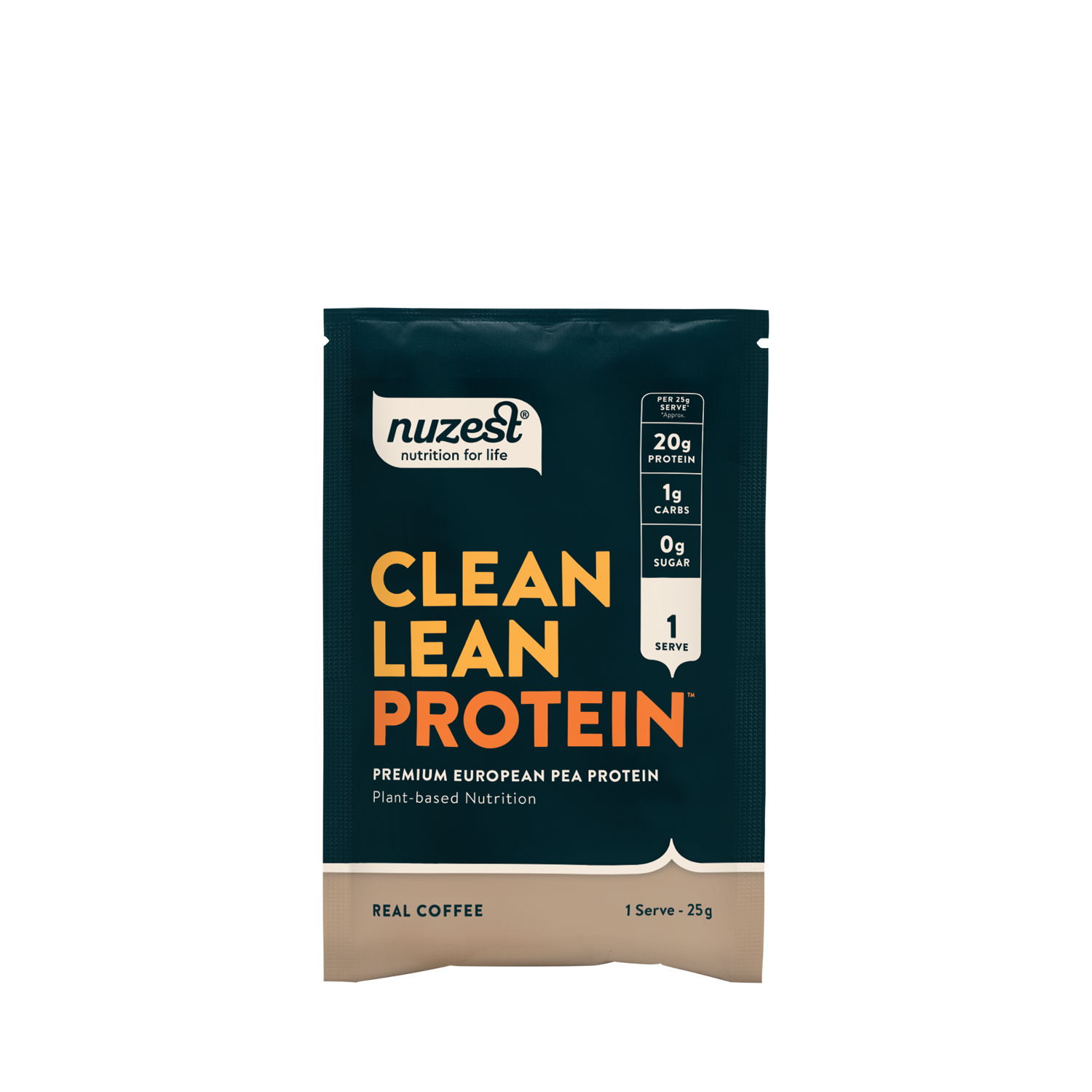TITLE: Nutrition for Boys: from Birth to Early Adulthood
AUTHOR: Amy Butler (Nutritionist)
Throughout life, our nutritional needs change to meet differing demands due to growth and development, activity, puberty and some health conditions. Birth to adulthood is a time of rapid changes, and our needs for the macronutrients (carbohydrate, protein and fat) and micronutrients (vitamins and minerals) differ according to age and stage. If your child has a health condition which affects his nutritional needs, your paediatrician can refer you to a registered dietitian or nutritionist for advice specific to your child.
0-6 months
Before six months, babies should be getting all their nutrition from breastmilk and/or formula; animal and plant milks aren’t appropriate for babies. If your formula-fed baby has a cow’s milk protein allergy (CMPA), there are soy and hydrolysed formula options available.
You may have read (or been told by your doctor) that you can begin offering solid food between four and six months of age; most dietitians agree that you should wait until at least six months unless there is a true medical need.
You should wait to see the following signs of readiness before offering your son solids, such as:
- he is sitting unsupported
- he shows interest in your food
- he has lost the tongue-thrust reflex.
Be sure to familiarise yourself with safe feeding practices and the difference between gagging and choking so you are more confident that you are feeding your baby safely when you start solids.
6 months – 3 years
This is a period of rapid growth, when children’s nutrient needs are higher, per kilogram of bodyweight, than at any other time of life.1 In particular, children need more total energy (kilojoules), protein, essential fatty acids and water – especially when they have a fever or diarrhoea, or on very hot days.1 Iron needs also increase and are difficult to meet through breastmilk or formula, so it is important to ensure that you are offering an iron-rich food source with every meal and snack. Great food sources of iron include meat, mashed beans and lentils – if you’re serving the same foods you eat and the meal is low in iron, an easy and quick addition are chia or hemp seeds sprinkled on top of their food!
Good sources of protein and unsaturated fats for children include eggs (serve scrambled or hard boiled and cut into quarters or mashed on toast for younger babies), seeds like chia or flax, oily fish like salmon or homemade pesto and hummus – you could even replace some of the extra virgin olive oil with walnut or flaxseed oil to boost the level of omega-3!
If your family already eats a varied diet there’s no need to make big changes for your baby or toddler, he can eat everything you eat (except honey if he’s under the age of one) as long as it’s served in a safe way to reduce choking risk; but be conscious of his extra needs for iron, protein and fats, and build meals around this. If your family’s diet isn’t as varied as you’d like, now is a great time to make some changes! Encourage your baby to eat intuitively – that means allowing him to eat until he is full without pressuring or cajoling him to eat more. Children are excellent intuitive eaters if given the chance and will rarely over or under eat; encouraging this from a young age will set him up to have a positive relationship with food throughout his life.

3 years – puberty
This is a period of slower growth between the high growth periods of infancy/toddlerhood and puberty. Puberty starts about age 10 or 11 for boys, though this is an average and may be a little earlier or later.2
Continuing to offer a varied diet, without restricting eating or pressuring children to eat, should be all you need to do to ensure adequate nutritional intake. Remember that a varied diet doesn’t mean no treats are allowed! Moderation is key – it’s not helpful to ban foods which are often labelled “unhealthy”, like high-sugar or high-fat convenience foods (both of which can have a place in a healthy diet, it’s all about balance), as this is likely to lead to overeating when the opportunity arises.
To learn more about smart snacking and support your children intuitively eat and reach for healthier foods, read our article on Children and Snacking: the good, the bad and the interesting.
Puberty and adolescence
At puberty your child once again enters a period of extremely rapid growth – in boys, weight gain increases from an average of 3kg per year to 9kg per year (almost all of which is made up of lean tissue, i.e. muscle and bone) and height increases from about 5cm per year to 9.5cm per year on average.2 All this growth requires a lot more food! This teenage growth spurt means both sexes need to increase their intake significantly (especially if they engage in a lot of sports or athletics) though boys usually need a bigger increase than girls, simply because they tend to be taller with bigger frames; the number of kilojoules per kilogram of bodyweight is the same for boys and girls.2
During this growth spurt, protein needs are increased; however, the body becomes much more efficient at using dietary protein.2 It’s still important to offer protein regularly, in the form of meat, eggs, tofu, beans and lentils or a high quality protein shake (great for a quick snack after sports!), but you probably don’t need to worry that they aren’t getting enough – protein deficiency is extremely rare in a standard western diet.
Of the micronutrients, there is an increased need for calcium, zinc and folate.2 Dairy is a good source of calcium, but there are other sources too, like fortified dairy alternatives, green leafy vegetables like broccoli and kale (not spinach, though, which is low in calcium compared with other green veggies) and edamame beans. Zinc can be found in meat and shellfish (especially oysters) with chickpeas, nuts and seeds being great plant-based sources. Green vegetables are a good source of folate, as well as beans and lentils, eggs and beetroot.

Late adolescence and early adulthood
In late adolescence, a boy’s nutritional needs become approximately what they will be for the remainder of his early adult life (i.e. until around age 50).1 In late adolescence and early adulthood, boys and men have increased needs for several vitamins and minerals – vitamins C, K, B1, B2 and B3, choline, magnesium and zinc.1 Total energy needs may increase or decrease in the transition from school to work, depending on the type of career – for example an office-based job often includes long periods of sedentary behaviour compared with the regular physical activity frequently undertaken in high school.
Vitamin C is found in lots of fruit and vegetables, but is particularly high in citrus fruits, capsicums and kiwis. Salmon is a good source of most B vitamins, including all the ones mentioned above, as is liver; beans and lentils, eggs, dairy and seeds are vegetarian sources of B1, B2 and/or B3, though in lower amounts – in fact the B vitamins are in most plant-based foods so eating a variety of fruits, vegetables and grains should mean an adequate intake. Foods high in choline include chicken and fish, eggs, beans, broccoli and peas. High magnesium foods include nuts, especially almonds, green leafy vegetables and whole grains; this is, however, another of those nutrients found in most foods.
The takeaway
More important than focussing in on individual macro- and micronutrients is looking at the diet as a whole – ensuring your child gets the nutrition he needs in different life stages doesn’t need to be overwhelming! By offering a rainbow of vegetables through the week, encouraging your child to eat to fullness and not restrict foods, following healthy eating guidelines, offering morning and afternoon tea as well as regular meals and encouraging him to be active in a way he enjoys, it should be easy to ensure your child gets all the nutrients he needs to grow and develop.
And while food should always be used as a primary source of nutrition, there may be times in your child’s life where you may like to consider including a good quality multi-nutrient supplement, such as Kids Good Stuff, in their diets to help fill any nutritional gaps. However, I always recommend that you speak to your doctor before doing so to ensure it is appropriate for your child’s individual needs.
References
- Physicians Committee for Responsible Medicine. Nutrition guide for clinicians. Retrieved from https://nutritionguide.pcrm.org/nutritionguide/view/Nutrition_Guide_for_Clinicians/1342043/all/Nutritional_Requirements_throughout_the_Life_Cycle
- Soliman A, De Sanctis V, Elalaily R. Nutrition and pubertal development. Indian J Endocrinol Metab 2014;18(Suppl 1):S39-S47.











